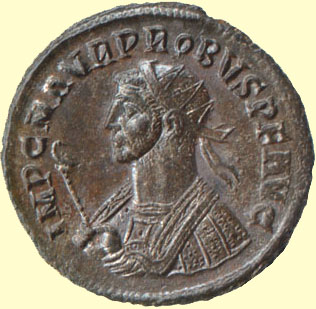 Contents -
Previous Article -
Next Article
Contents -
Previous Article -
Next Article
Many of the Greek city-states had a form of democracy. The most well - known of these early democracies was Athens. The Golden Age of Athenian democracy began about 500 B.C. and lasted for a little more than one hundred years. Other city states such as Sparta were ruled by a king. These democracies were not very much like those governments we call democracies today because only the propertied classes could vote and hold office. Rights were few or nonexistent for the poor people of Greece, who were mostly descended from the native Helots. A system of democracy in which there was one man, one vote worked well for small city states but was unwieldy and hard to administer when applied to a large empire. It would be impossible to have all the men from the distant provinces gather in one place to cast their votes on even the major issues and whether or not to go to war. Furthermore, in most classical governments, women had few rights or none at all. (There were exceptions to this and studying them has always been one of the things that has attracted people to the study of history.)
Early Rome was a city-state and had kings (Romulus, Servius Tullius, Numa Pompilius, etc.) The Romans found out early on that they did not have much of an appetite for kings and their abuses of power, even if the king was a wise and benevolent ruler. In 509 B.C. Tarquin the Proud was overthrown and the Republic was founded. Two consuls were elected to serve for one year, and the Senate, originally consisting of 200 members, passed laws. In order to be elected to the Senate, a person had to be of the Patrician class. Patricians were people who belonged to one of the original 35 gens, or tribes. The people who were not of the Patrician class were the Plebeians. The important aspect of class was familial relation to the original tribes, and secondarily, property ownership. Later, the Plebeians agitated for and got more rights. They won the right to elect tribunes, who could veto any senatorial law. They only won the right to have the protection of the tribunes because they protested by refusing to take up arms in defense of Rome during a war! It must be remembered that power ebbed and flowed and constantly shifted between these groups. During the time of the Civil Wars and the Imperators, the real power was held by the generals in command of the largest armies. Octavian, later given the title "Augustus" by the Senate, was also given the titles "Princeps" and "Pontifex Maximus", and was given broad powers to reform the Republic. He is considered to be the first Emperor but he never proclaimed himself as absolute ruler. The Romans preserved the delusion of having a Republic until quite late in the Empire. The Emperor was considered as simply First Citizen or "Princeps" until the time of Diocletian (A. D. 284-305.) At this time, the Emperor became a remote, absolute despot surrounded with magnificence and ceremony, much like a Mesopotamian ruler. Assassination was considered a viable and perfectly acceptable tool of politics throughout these times. Many emperors were deposed and executed by the Praetorian Prefect (head of the palace guard) and his troops. The throne was even sold at public auction in 193 A.D.
The Roman (and later Byzantine) civil service was every bit as complex as our own. Taxes rose to a huge proportion of the gross national product in the later periods of the Empire. A document, Notitia Dignitatum, of which only medieval copies now survive, gives a highly detailed account of the Roman civil and military service during the late fourth and early fifth centuries. The offices, along with their duties, responsibilities, powers, and symbols of office are listed and illustrated. A military count (comes) outranked a duke (DUX) who might only be responsible for the defense of one province. The Roman civil service and bureaucracy was almost as complex as our own, and was more of an oppressive burden on the people than direct rule by the emperor ever was.
At the end of the Classical Age, the Roman West disintegrated into petty kingdoms ruled in a very similar way to the early tribes mentioned at the beginning of this article. Although technology and learning had advanced, political organization and government had regressed several thousand years. Rulers like Clovis (About 480 - 511) Theoderic (493 - 524), and Charlemagne (About 756 - 814) ruled kingdoms of the Franks and Ostrogoths that were the beginnings of modern nations of France and Italy.
Go to next article:
Go back to previous article: